No products in the cart.
[fsn_row][fsn_column width=”12″][fsn_text]
Introduction
The ancient and enchanted history of Indian culture absorbing itself in its jewellery is a love story that is as spectacular as any other. India is celebrated for its creative and expressive aspects in innumerable fields for ages now. The fact that our country is specifically known for its passion for anything that is naturally artistic is not an overstatement. The history, the concepts, the elaborate webs of ancient wisdom that go into procuring the one-of-a-kind jewellery designs are just some of our many imaginative talents.
Here, in this particular article, we are discussing the ingenious canvas of jewellery expertise, Indian culture so effortlessly engaged in.

Indus valley civilization
The Indus valley civilization which developed in the 3rd millennium BCE has one of the most archaic and breathtaking storage of jewellery ever produced. The craftsman belonging to this distinctive era created bedazzling pieces of jewellery by making use of semi-precious materials like carnelian, agate, turquoise, steatite, and feldspar mixed with gold. They were responsible for intricately fusing them into cylindrical shapes with decoration consisting of poignant carvings, patterns, and dots.

Indian jewellery gained a powerful benchmark during the Mughal empire
Fast forward to 1526, the arrival of the Mughal empire further enabled the high degree of influence of their Persian heritage in confluence with the Indian culture. The unmistakable fusion between Indian and central Asian styles led to the formation of elegant and powerful embellishment of the jewellery pieces. Mughals were responsible for experimenting with emeralds, rubies, and diamonds. They considered these precious stones to be protective agents as well as a symbol of dignity and power. It is a well-known fact that the Kundan method of setting stones in unclouded gold was extensively utilized. The jadau technique which is so highly favoured by the Indian jewellery makers was first introduced by the Mughals.

How the British colonial period was responsible for the global popularity of Indian jewellery
The British during their century-long rule in India explored the rich diversity of Indian jewellery and were treated quite generously. In fact, when Queen Elizabeth the second, married Prince Philip, she was gifted a very versatile piece of the necklace by the nizam; mir Osman Ali khan, the last Nizam of Hyderabad. There are various other such bits in history explaining the amalgamation of the European and Indian cultures to produce one of the best jewellery pieces.
Cultural significance in popular designs
The multitude of cultures that varies from state to state in India has had a deep impact on artistic impression in designing the jewellery. In addition to that, the influence left behind by Mughals and British contributed to the unique fusion of different customs to bring together one of its kind jewellery pieces. For example, take the famous tutti-frutti bracelet designed by a renowned European jeweller Cartier. Tutti- frutti style, needless to say, was inspired by the south Indian floral motifs jewellery, where its main components were sapphires, emeralds, and rubies.
And hope diamond, the largest blue diamond in the world weighing approximately 45.52 carats, finds its origins first in the Indian subcontinent. The diamond is said to have been plucked from the statue of a goddess. And eventually, king Louis XIV came into possession of it. Who then decided to re-cut it numerous times to make it a chain of 45 white diamonds bordered by 16 small white diamonds.
This is just one of many examples of the creative and expressive talents of different customs that can come together to create an amazing piece of design. The cultural significance dictating the ancient and modern popular designs of jewellery is widespread in nature.

The rise of globalization has marked India as one of the continuous contributors of fine jewellery for all the right reasons. The artistic blend of different cultures has unmistakably made our designs stand out in the world and also helped us improve our own style over time. Each state in India prides itself on its own kind of artistry and especially when it comes to traditional jewellery, the popularity is tremendous, both in the domestic market and the international market.
And one of the states that top the list is Rajasthan jewellery. To be precise, traditional Rajasthani jewellery. They are hugely popular in the western and European markets. The demand for an Indian jewellery form called Kundan has also been significant over the years. Kundan jewellery knows just how to accurately fuse the aspects of the medieval and modern world to bring out the best stone-studded ornaments ever produced.

Last, but definitely not least, tribal jewellery which is made out of wood, clay, shells, metal, and bones is very much in vogue in the western markets. American celebrities adorning them in social media and embracing them in global events have gone viral. The most interesting thing about the whole aspect is that the tribal jewellery is made entirely out of not using precious stones or metals. Yet the demand for them seems to only skyrocket over time.
Conclusion:
Every design has a unique story. The combination of imagination and inspiration by the rich Indian History can bring out the best in us. Learn more about Jewellery Design with IIG
[/fsn_text][/fsn_column][/fsn_row]
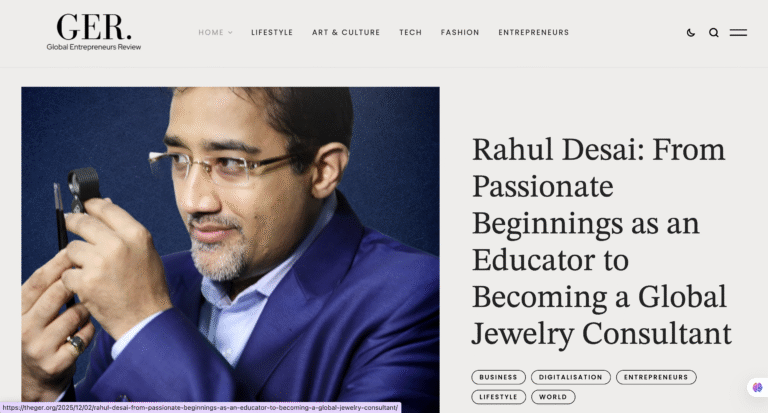
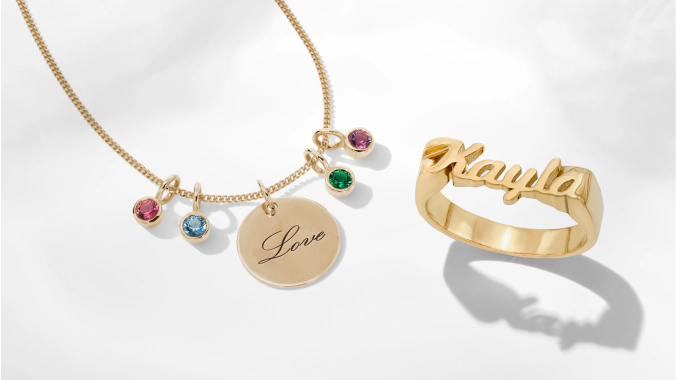
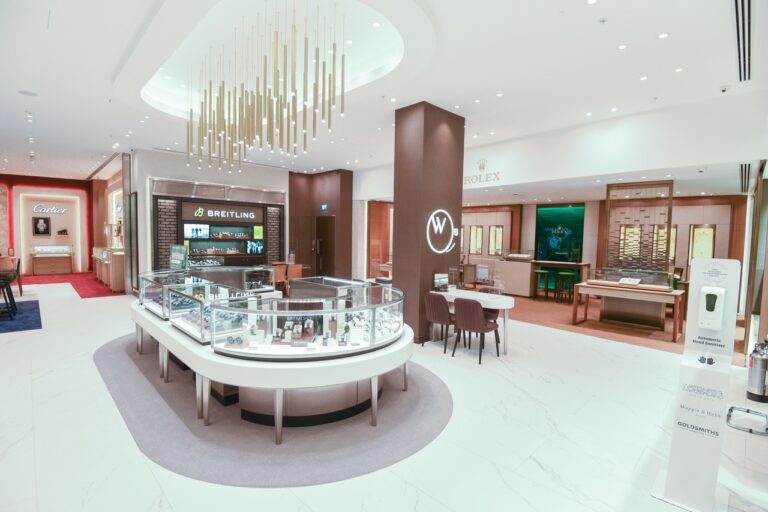

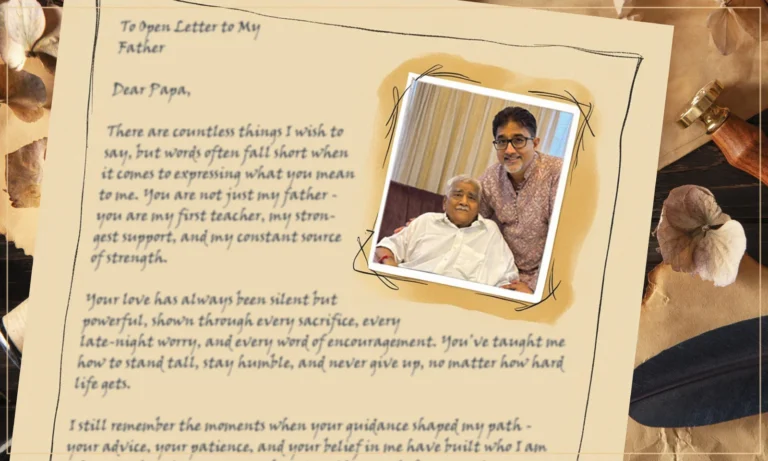
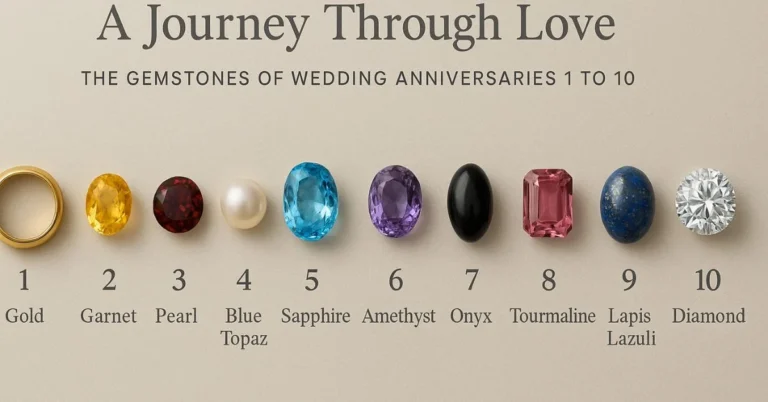
Not a member yet? Register now
Are you a member? Login now